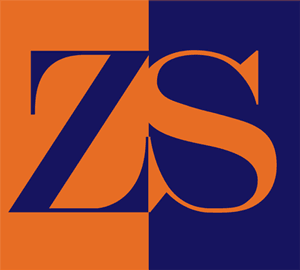INSIGHT : Another Yoga Patent Controversy

I was recently asked to comment on the current yoga patent controversy surrounding a patent application filed by Yogaglo, a company that provides streaming yoga classes. Subsequent to filing their application, the company sent cease and desist letters to numerous other providers of online yoga instruction, including YogaInternational and YogaDownload. The situation has spurned the Yoga Alliance to start an online petition asking that Yogaglo withdraw its application and return harmony to the greater yoga community.
A brief recap of the current yoga patent controversy
This isn’t the first time yoga and intellectual property claims have collided. Attempts to protect the Bikram style of yoga ignited some controversy on more than one occasion over the years. The current development adds a new twist.
To wit, the patent application focuses on a combination of the arrangement of students in a yoga studio, the placement of a video camera, and a direct line of sight between the camera and the instructor which together helps the home viewer to see the instructor clearly while having the impression they are immersed in a class surrounded by fellow students. To be honest, this seems like a great way to film an online training session. What makes discussing this controversy tricky is that it centers on a practice with recorded roots that are thousands of years old and a central tradition of sharing and openness.
What’s the real issue?
So, to be clear, the question addressed here is not whether their method is a good one, or whether it violates yogic practices, but whether it satisfies the requirements for patent protection established by the much younger US government and its USPTO. To qualify for patent protection, an idea must be “novel, non-obvious, and useful”. All three must be present and I’ve discussed before that making an idea popular does not necessarily equate with it being novel or worthy of protection. Yogaglo’s claim has nothing to do with the yoga practice itself but with how the practice is filmed and shared online.
A proper examination of the patent worthiness of the application will look into the prior art. Have other activities been filmed using this or similar configurations? Were they instructional? Were those events related to health and well-being, such as an exercise class? I have a feeling that this style of immersive instructional filming did not start with Yogaglo and that its roots will be found in even earlier recordings. Even if no other health or exercise classes have been filmed this way, it is possible that an examiner at the USPTO will find that taking a known filming style and applying it to a health-related instructional session is an obvious and likely enough combination that an average person in the yoga-filming industry would likely have considered it as an option. Finding this “non-obviousness” would lead to the rejection of Yogaglo’s application. And, that’s not to say that the examination process won’t also reveal that someone out there was recording yoga classes in this configuration even earlier than Yogaglo.
Summary
1) Yogaglo’s patent application is really about filming style and distribution, and not about claiming any aspect of yoga practice.
2) Whether the patent is valid will be determined by examining its novelty, not its popularity.
3) Even if Yogaglo was the first to use this filming style for yoga, similar arrangements used for other purposes may lead to determination that it is obvious, and therefore reject the patent application.
Zak Shusterman comments on and advises clients on a range of patent and intellectual property issues. Feel free to contact Zak with questions about protecting your intellectual property or responding to a cease and desist letter.
